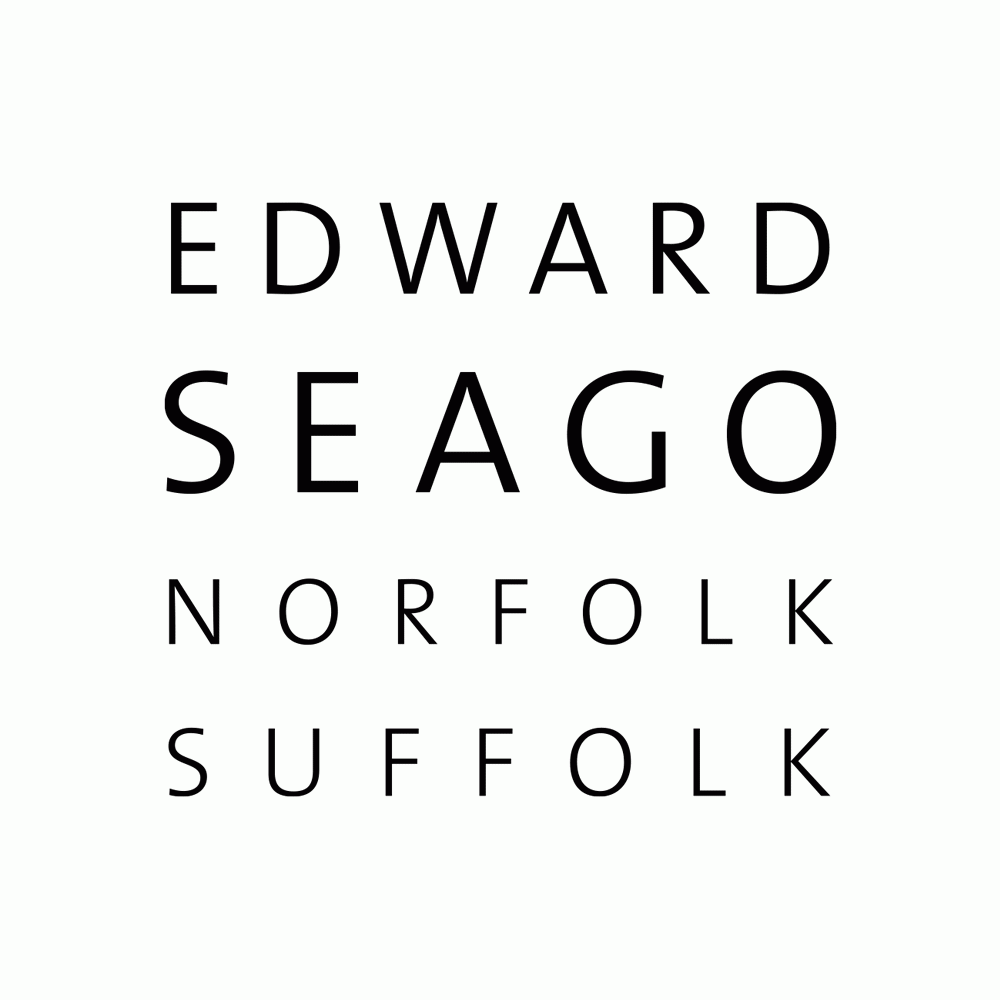The Richard Green Gallery is pleased to announce our nineteenth exhibition of the work of Edward Seago, an artist with perennial appeal and of great importance in the history of twentieth-century British art. Richard Green has cultivated a longstanding association with Seago’s work, selling over 750 paintings by the artist since 1973 and exhibiting his work for more than four decades. We are therefore delighted to present an intimate yet significant selection of sixteen views of Seago’s Norfolk and Suffolk, atmospherically rendered in both oil and watercolour, which stand as a testament to the artist’s honest depiction of this uniquely British countryside. Born in Norwich, Edward Seago lived most of his life in East Anglia, settling in 1945 at Ludham on the Norfolk Broads. It is in the enduring relationship Seago forged with his native landscape that his most prominent inspiration was derived; in the rolling terrain and wooded slopes of Norfolk and Suffolk’s wild expanses.
In the broad rural planes of East Anglia lies the heart of Edward Seago’s oeuvre. In this distinguished selection of artworks, Seago’s instinctive reaction to the beauty of his surroundings is drawn out and the poetic character of this landscape is distilled in the intense greens of each dew-topped pasture, in the gnarl of the ancient oaks that pierce cloud-white skies and in the silvery-grey, velvet tides of the Orwell that turn beneath the wind-beaten hulls of sailing barges. The artist spent many hours outdoors in the land surrounding his seventeenth-century home, the Dutch House at Ludham; and this exhibition traverses both the Norfolk and Suffolk territories he endlessly observed; their panoramic breadth wonderfully captured in works such as A marsh dyke – Ludham.
Quintessentially British landscapes including Summer, Norfolk and September morning, Suffolk evoke the soft, hazy glow that hangs across this seasonal transition and Seago’s gentle, subtle tonality transforms a mere topographical study into an unashamedly romantic celebration of nature; cementing his place as a pure British landscapist. The wide, glittering estuary of the Orwell also provided a favourite motif for Seago’s Suffolk views. In Thames barges assembled at Pin Mill, a neat group of sea-faring vessels is huddled in the snug of a crescent-shaped groove in the shoreline; their elegant rust-red sails lowered out of sight. Thames barges played an important role in country’s economy and appear frequently in Seago’s paintings, portrayed with a grace born of his thorough understanding of shipping. Though his East Anglian works are rooted in a fundamentally traditional painterly genre, his vivid technique and tonally accurate palette, affectionately attuned to the rich colours of the region, assure his unrivalled position among major British painters. This fine selection of his East Anglian views further consolidates Seago’s superior expertise; in his contemporary approach to this grand, historic subject, the artist shrewdly marks the significance of the landscape genre within twentieth-century British art.

147 New Bond Street, London W1S 2TS